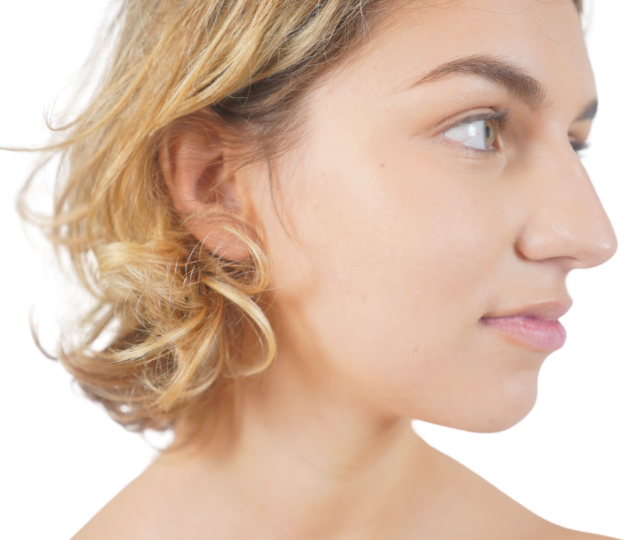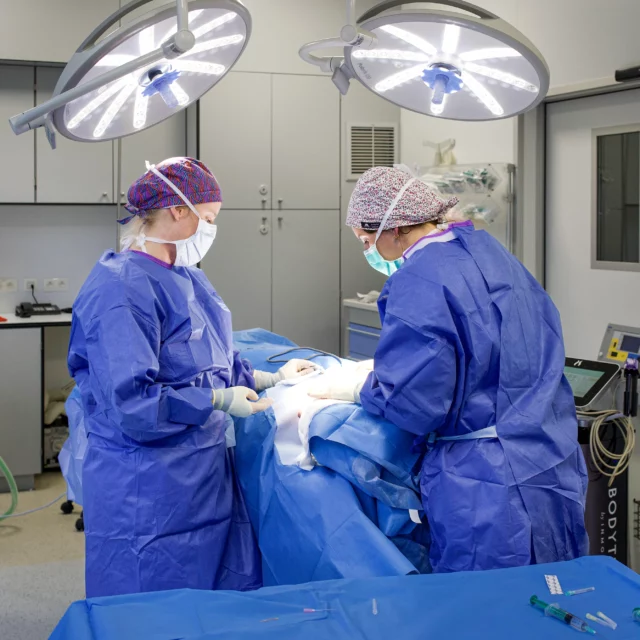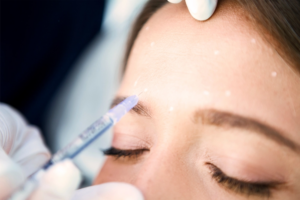What is otoplasty?
Otoplasty is part of cosmetic surgery, and is considered in particular as corrective surgery. It focuses on correcting malformations of the auricle by reshaping the cartilage.
This procedure is often performed on young patients, aged 6 and over. The main reason why our patients have this surgery is the social embarrassment caused by protruding ears.
Why have otoplasty?
There are a number of reasons why you may wish to undergo otoplasty. The main reason is to improve the aesthetics of the ears and consequently the harmony of the face. The ears are one of the most visible parts of the face, especially for people with short hair. Beyond the aesthetic aspect of the ears and face, their position and size will have an impact on your psychological state. This is particularly pronounced in early childhood, and can hinder socialization.
That’s why the primary objective of otoplasty is to restore your confidence. In the long term, this procedure will contribute to your personal development. Ideal candidates for otoplasty are those with excessive angulation between the auricle and the skull. This also applies to people with an excessively large concha cartilage.
The benefits of otoplasty
- Cartilage remodelling for a natural result
- Reduction of horn-skull angle
- Correction of asymmetries
- Discreet incisions behind the ear
- Tailored to your needs
- Rapid recovery with light after-effects
- Boosts self-confidence

Frequently asked questions
What are the risks of otoplasty?
As with any surgical procedure, otoplasty carries potential risks. These can take different forms:
- Risk of infection: Incision-related infection may occur. However, this risk is very low, as our surgeons are assisted by state-of-the-art medical equipment and strict asepsis standards.
- Hematoma: This is an aggregate of blood that cannot be evacuated. However, this complication is very rare for this type of operation.
- Poor healing: Immediately after surgery, scars may develop an inflammatory syndrome. You will be given specific treatments to facilitate healing. For example, you’ll need to follow instructions such as stopping smoking, taking care of yourself and attending post-operative appointments.
- Dissatisfaction with the result: The post-operative result may not be to the patient’s liking.
Does otoplasty hurt?
It’s important to remember that it’s normal to feel pain for 24 to 48 hours after the operation. To relieve the pain, we recommend that you take painkillers at regular intervals. On the other hand, if you experience an increase in pain after taking painkillers and the appearance of inflammatory signs such as redness, fever or swelling in the healing area, consult your doctor.
What protocol should be followed before surgery?
To prepare for the procedure, a protocol should be followed a few days beforehand:
- DAY 30: We strongly advise you to stop smoking, as it can lead to healing complications.
- DAY 10: No more aspirin or anti-inflammatory drugs may be taken to reduce the risk of bleeding.
Your journey in 3 steps
- Consultation
- Surgery
- Post-operative follow-up



At a glance
1 to 1.5 hours, local or general anaesthesia
On an outpatient basis
After 1 day
1 week
1 to 2 days
A few days
After 1 week
After 6 weeks
10 to 20 days
The result
It takes 1 to 2 months to appreciate the final result of otoplasty surgery. This corresponds to the time needed for the tissues to soften and the edema to subside. After this time, only the scars will still be slightly pink before fading.
During the first three months, the ears are deliberately too flat. This is due to overcorrection anticipated by the surgeon. This is partly due to the fact that the “shape memory” effect allows the ears to come unstuck.




